Tour the brutalist Ginza Sony Park, Tokyo's newest urban hub
Ginza Sony Park opens in all its brutalist glory, the tech giant’s new building that is designed to embrace the public, offering exhibitions and freely accessible space
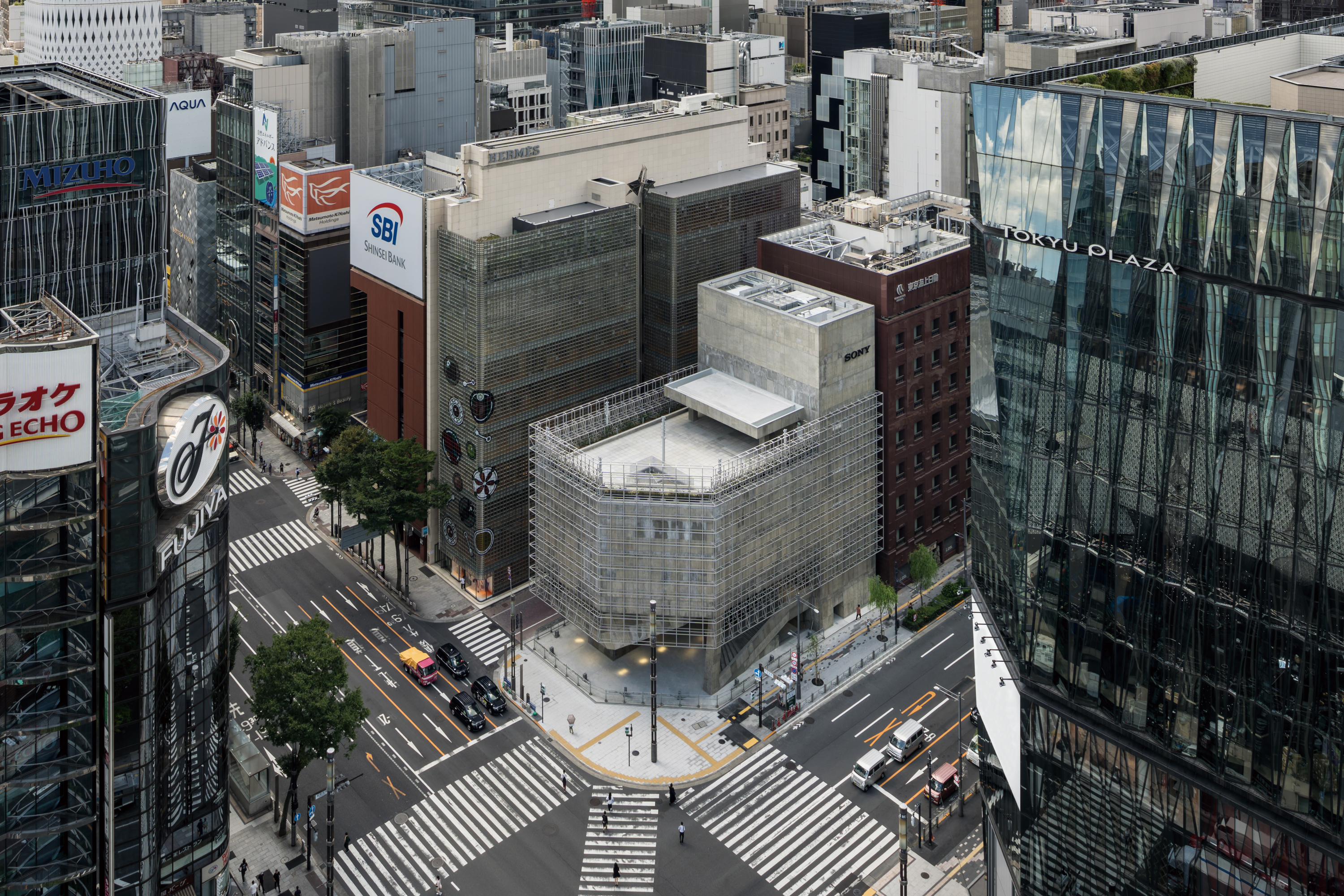
At first glance, the newly opened Ginza Sony Park looks like anything but a park in the usual sense. There are no trees and not even a tiny patch of grass. Yet, to Daisuke Nagano, the project leader of the Ginza Sony Park project, the most important feature of a park isn’t the greenery. 'For me, more than anything else, parks are about openness,' he explains. 'The freedom to use a part of the city in any way you like; have a coffee, have a nap, read a book.'
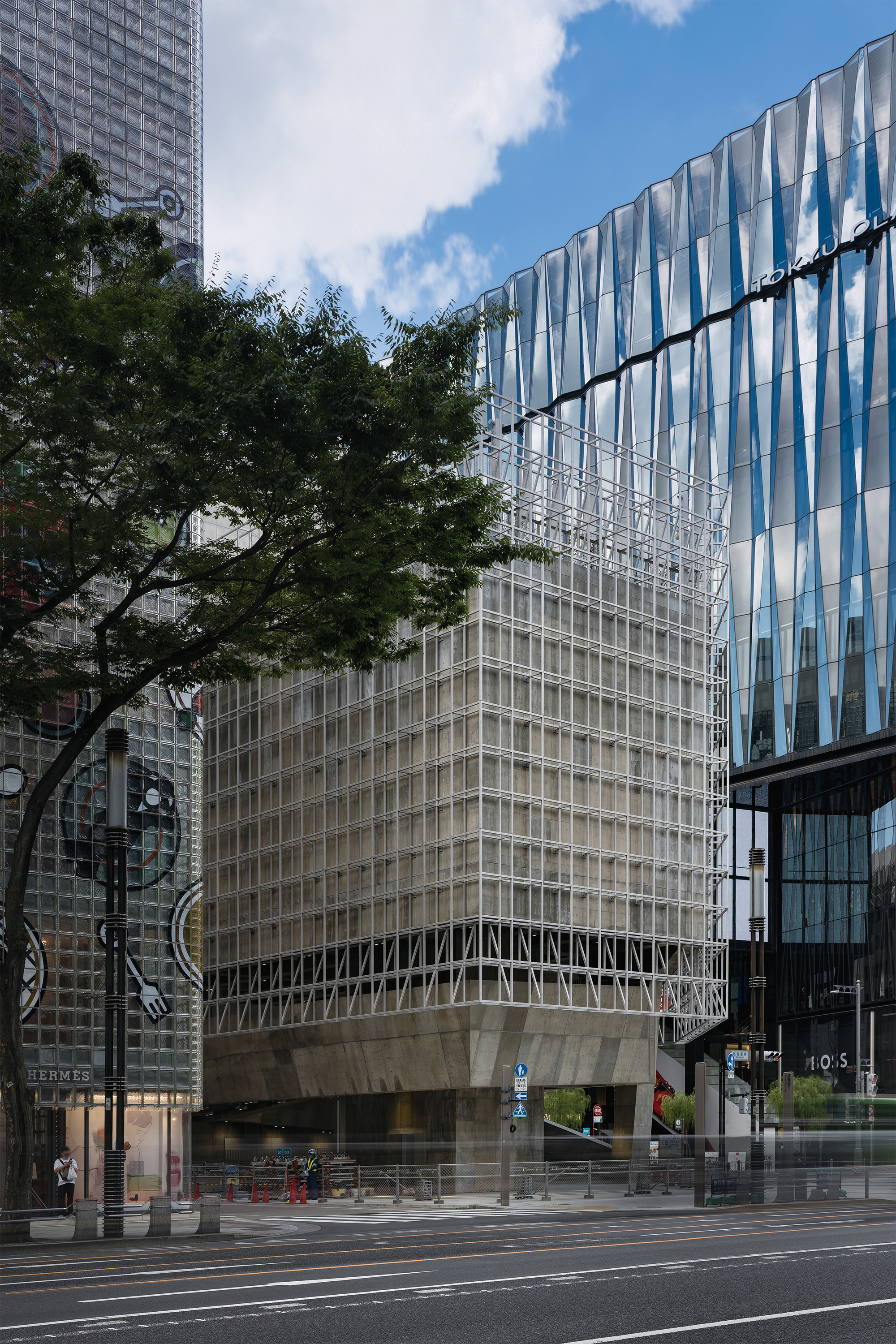
Explore Tokyo's new Ginza Sony Park
Through this lens, the naming of the concrete, brutalist architecture structure makes sense. Of the more than 4,000 sq m of space, spanning eight levels (three of them below ground), roughly 40 per cent is free, open space that locals are already using to eat their bentos, have a quiet coffee or finish the last bit of a client presentation on a laptop. The ground floor, in particular, is almost completely empty and flexible, save for a couple of in-situ concrete benches and the beginning of a large spiral staircase that continues all the way to the roof.
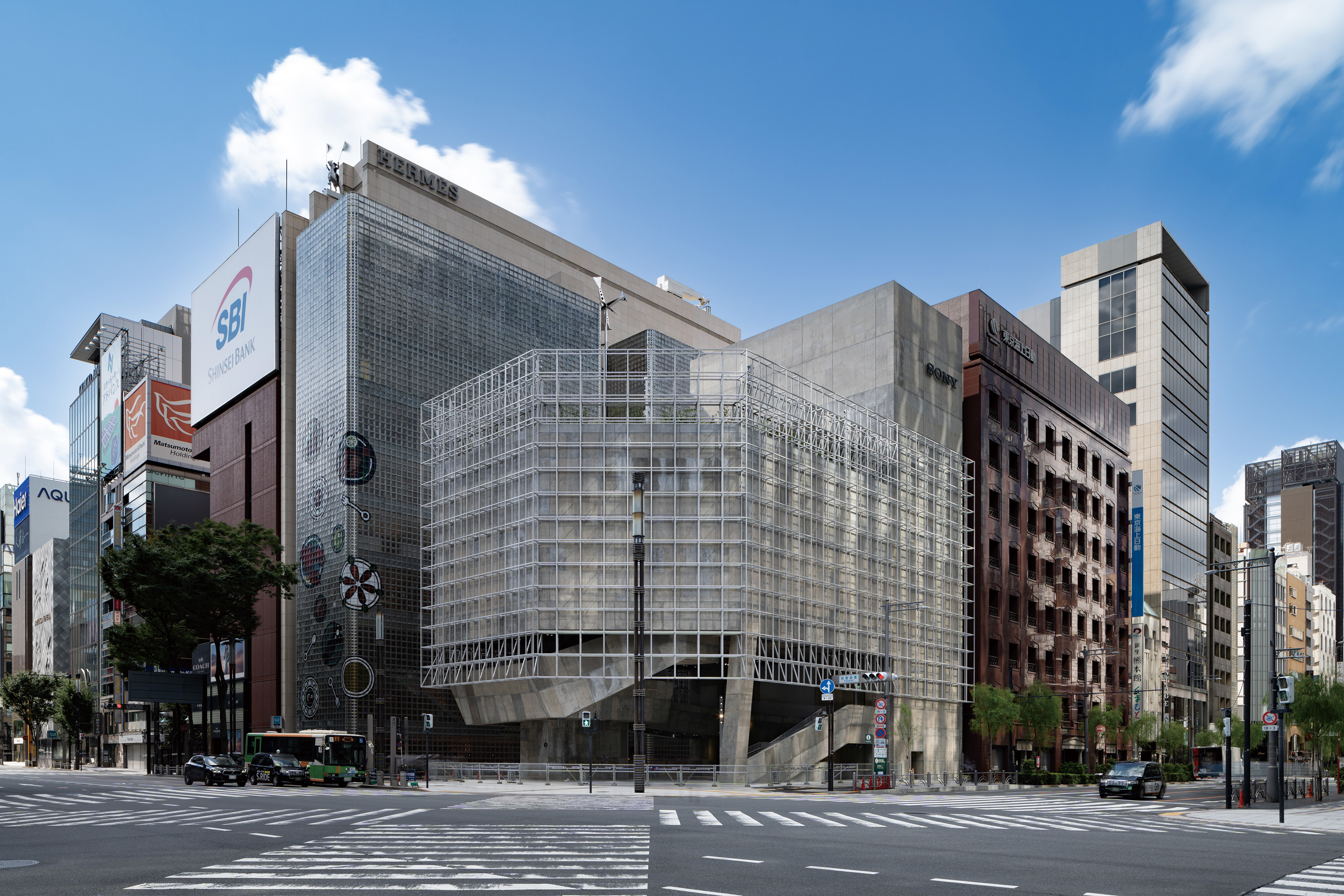
The architecture was a collaborative effort of the whole project team. 'We didn’t want to hire a famous architect to build us a new building. Like all Sony products, the Ginza Sony Park is made by Sony,' Nagano explains.
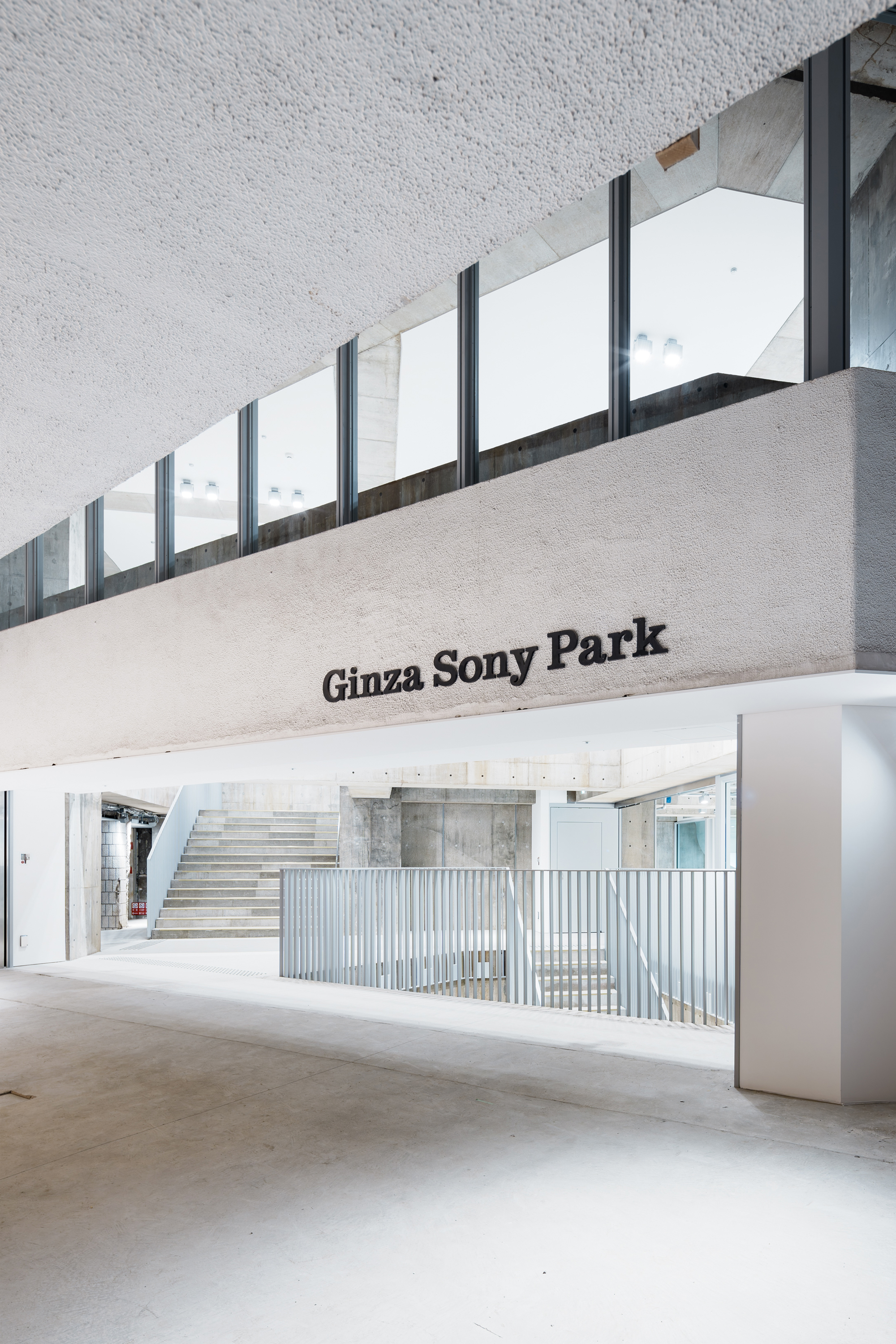
The remaining 60 per cent of the space is divided into different sections, which, except for the restaurant on the lowest floor, all can be turned into exhibitions or event spaces. 'My vision for the project was to create a platform for various activities. The building is the platform, and the various activities are like apps on a smartphone,' explains Nagano.
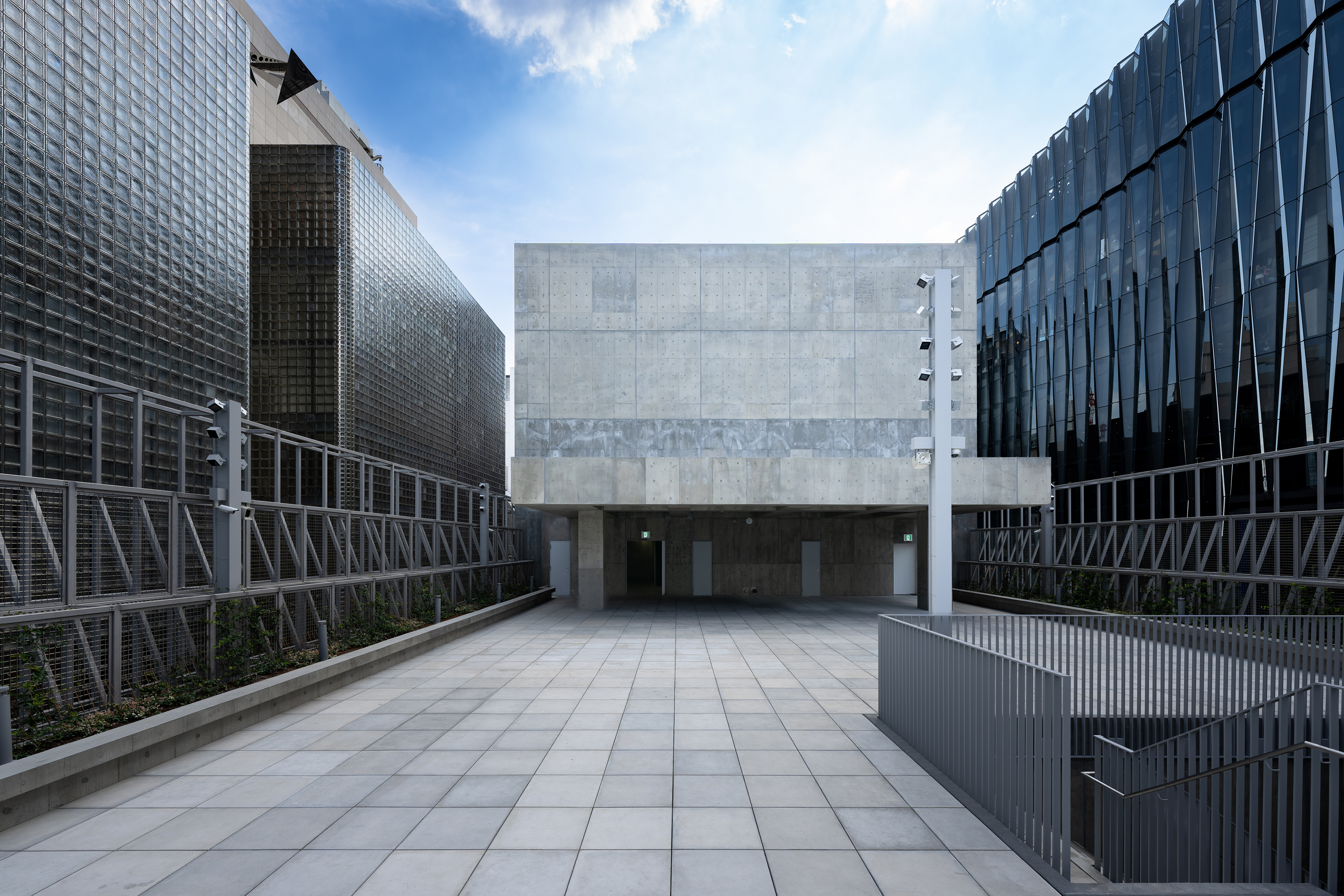
The first set of apps to be loaded onto the platform is a series of exhibitions exploring the diverse range of businesses (music, gaming, cinema, entertainment technology, finance and semiconductors) that Sony is currently involved in.
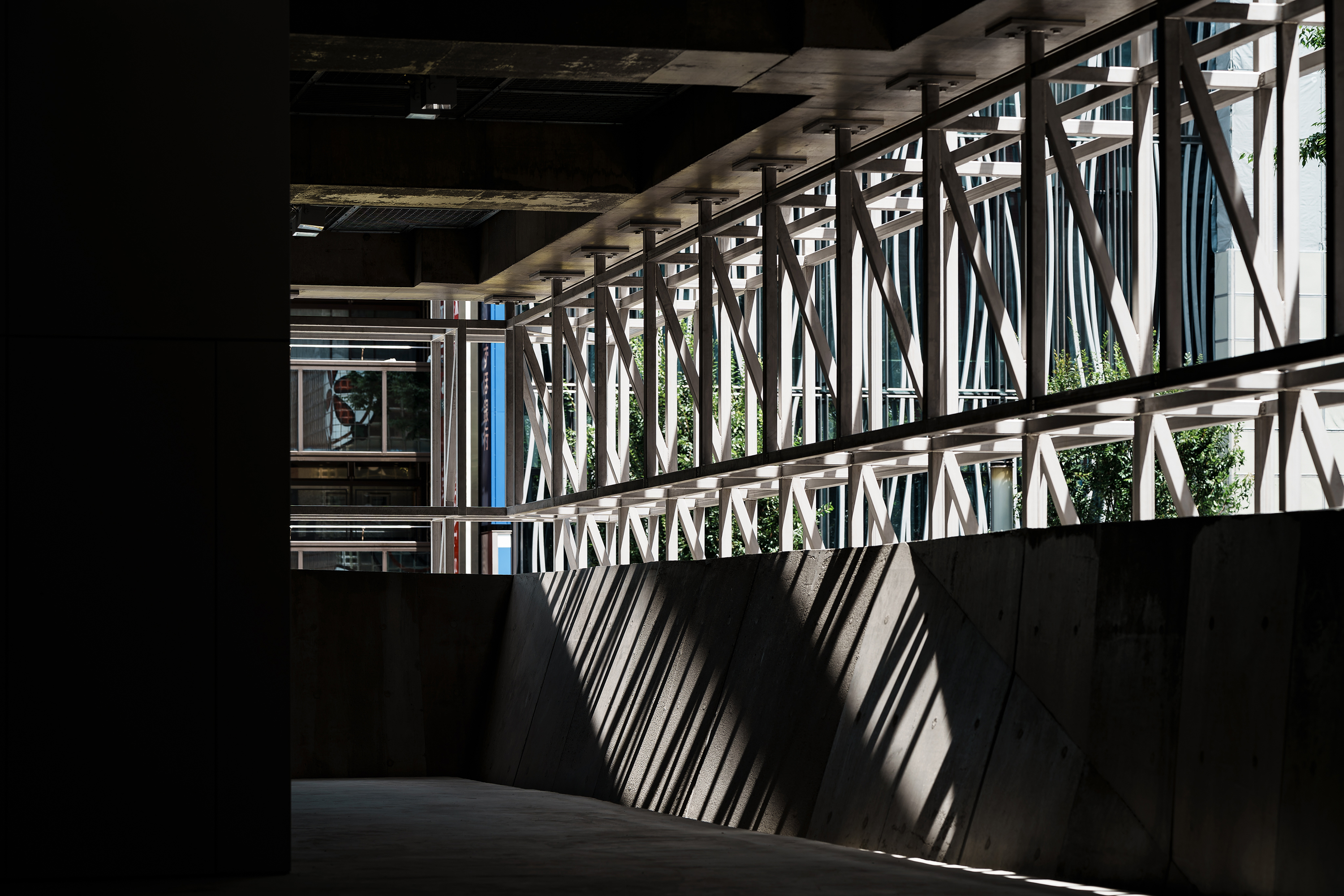
Nagano’s team have curated and produced tech-heavy exhibitions that showcase some of Sony’s latest technology, such as haptic floor tiles that simulate the feeling of walking on water. With about 12,000 visitors to the current exhibition a day, Ginza Sony Park is off to a good start.

Nagano hopes that the park will attract outside collaborators too. With rent in Ginza being among the highest in Tokyo, Ginza Sony Park offers an interesting opportunity for short-term leasing at what is poised to become one of the city’s most iconic locations.
Receive our daily digest of inspiration, escapism and design stories from around the world direct to your inbox.

Originally from Denmark, Jens H. Jensen has been calling Japan his home for almost two decades. Since 2014 he has worked with Wallpaper* as the Japan Editor. His main interests are architecture, crafts and design. Besides writing and editing, he consults numerous business in Japan and beyond and designs and build retail, residential and moving (read: vans) interiors.
-
 From smart glasses to ‘empathy’ machines: what AI gadgets get right (and very wrong)
From smart glasses to ‘empathy’ machines: what AI gadgets get right (and very wrong)From furry friends to smart glasses, we test the latest AI gadgets promising to enhance your life
-
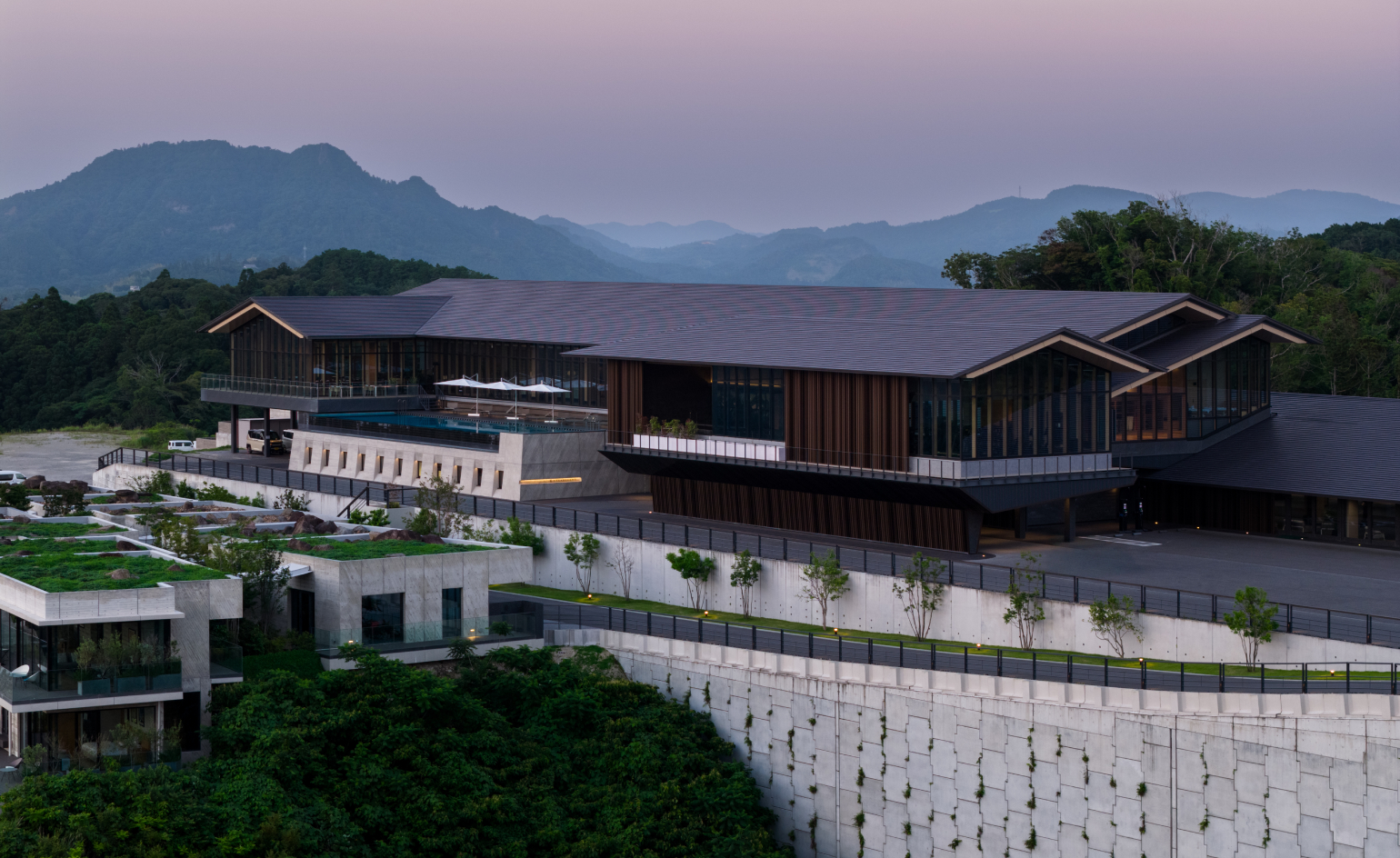 A cinematic members club’ rises in Japan’s forested hills
A cinematic members club’ rises in Japan’s forested hillsJoyce Wang Studio unveils The Magarigawa Club Clubhouse in Chiba
-
 This Gustav Klimt painting just became the second most expensive artwork ever sold – it has an incredible backstory
This Gustav Klimt painting just became the second most expensive artwork ever sold – it has an incredible backstorySold by Sotheby’s for a staggering $236.4 million, ‘Portrait of Elisabeth Lederer’ survived Nazi looting and became the key to its subject’s survival
-
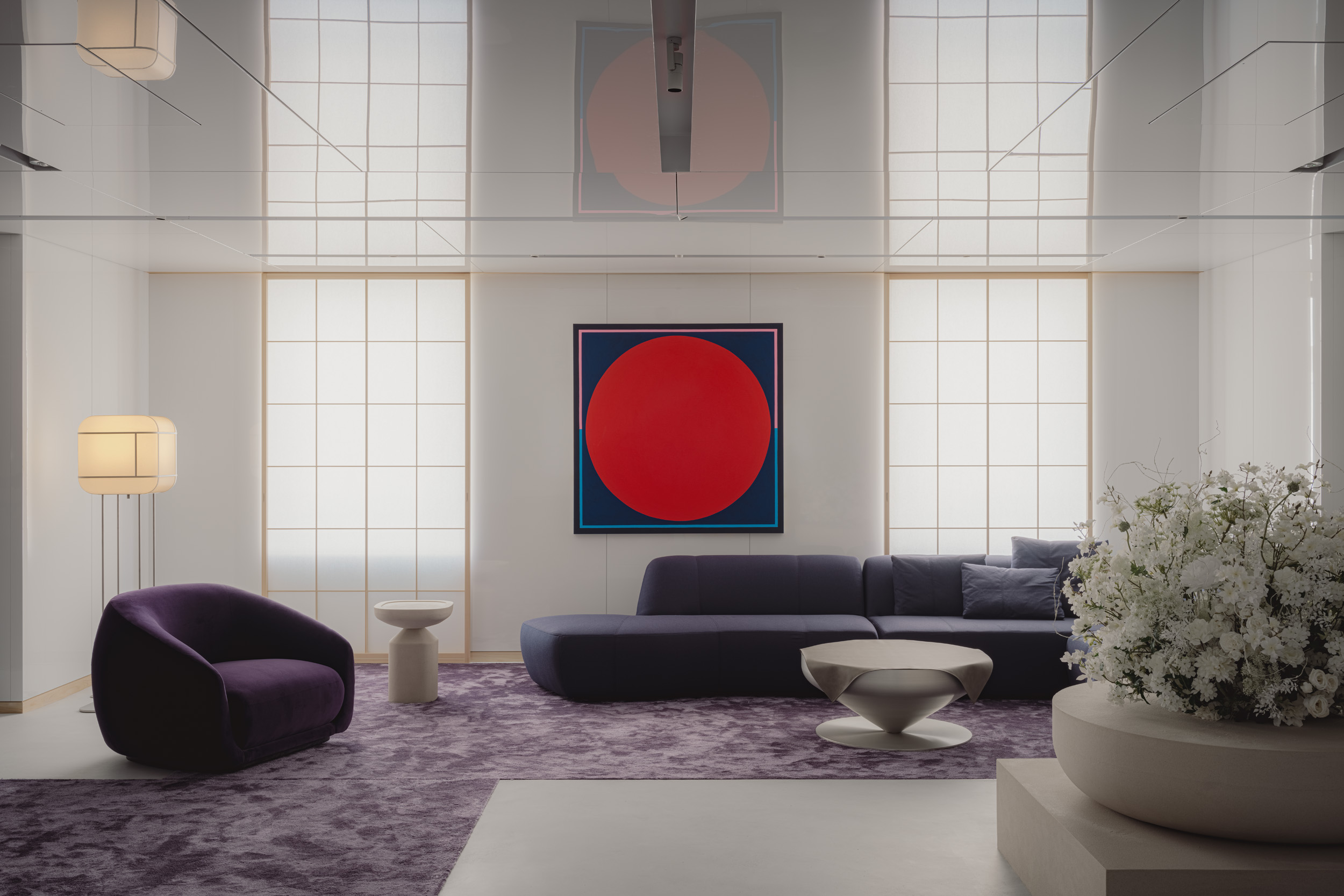 Matsuya Ginza lounge is a glossy haven at Tokyo’s century-old department store
Matsuya Ginza lounge is a glossy haven at Tokyo’s century-old department storeA new VIP lounge inside Tokyo’s Matsuya Ginza department store, designed by I-IN, balances modernity and elegance
-
 The Architecture Edit: Wallpaper’s houses of the month
The Architecture Edit: Wallpaper’s houses of the monthThis September, Wallpaper highlighted a striking mix of architecture – from iconic modernist homes newly up for sale to the dramatic transformation of a crumbling Scottish cottage. These are the projects that caught our eye
-
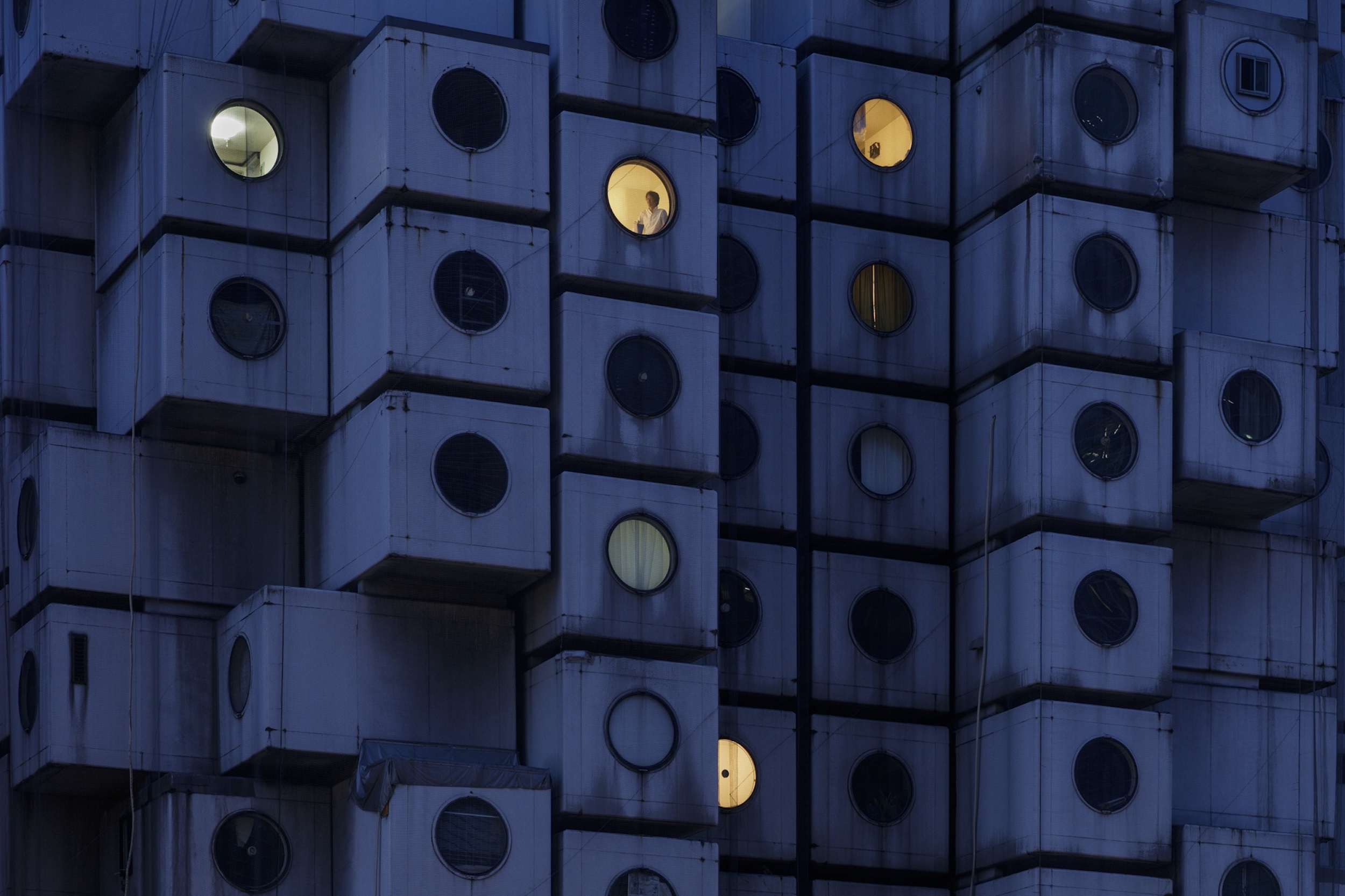 Utopian, modular, futuristic: was Japanese Metabolism architecture's raddest movement?
Utopian, modular, futuristic: was Japanese Metabolism architecture's raddest movement?We take a deep dive into Japanese Metabolism, the pioneering and relatively short-lived 20th-century architecture movement with a worldwide impact; explore our ultimate guide
-
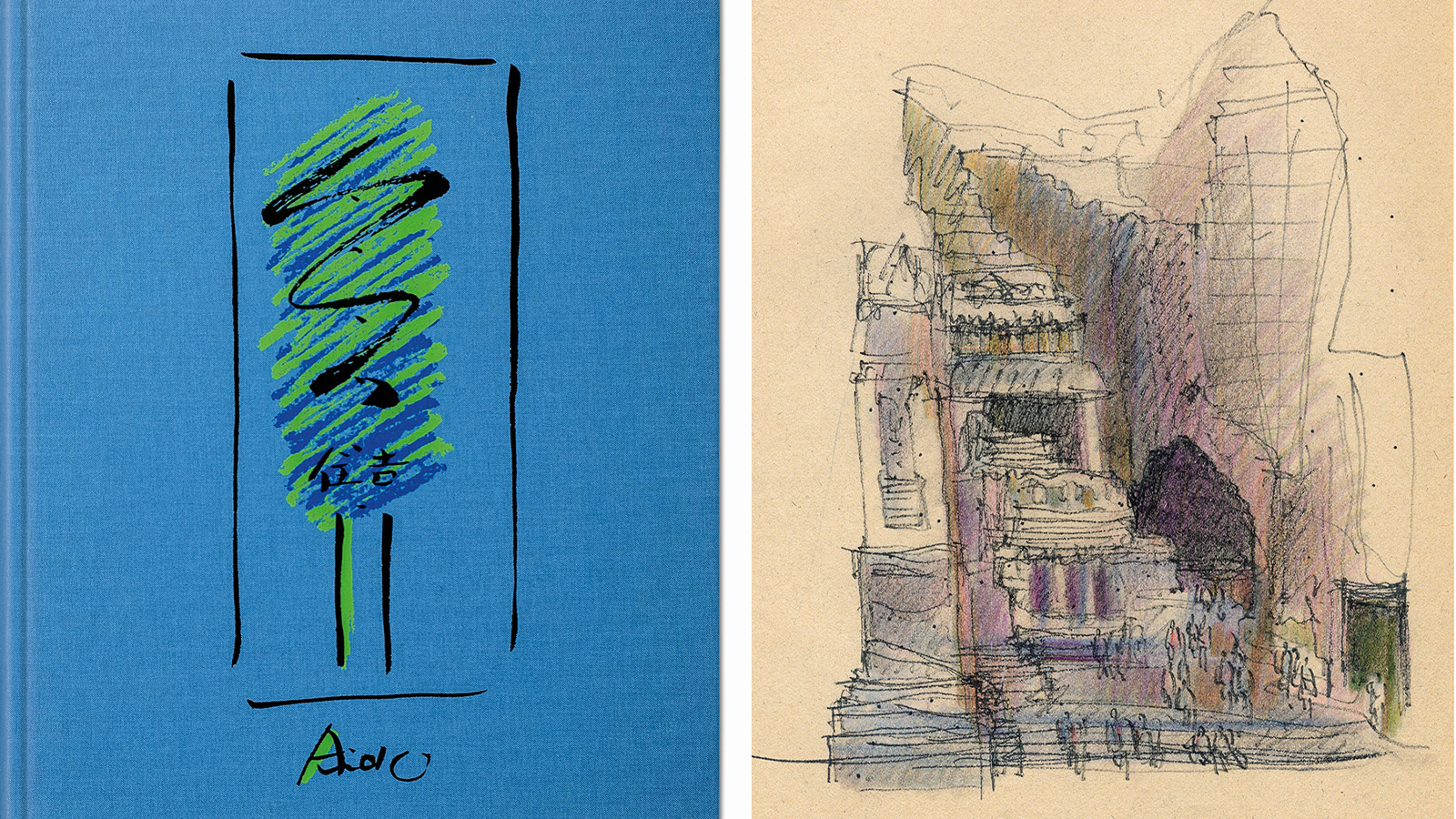 A new Tadao Ando monograph unveils the creative process guiding the architect's practice
A new Tadao Ando monograph unveils the creative process guiding the architect's practiceNew monograph ‘Tadao Ando. Sketches, Drawings, and Architecture’ by Taschen charts decades of creative work by the Japanese modernist master
-
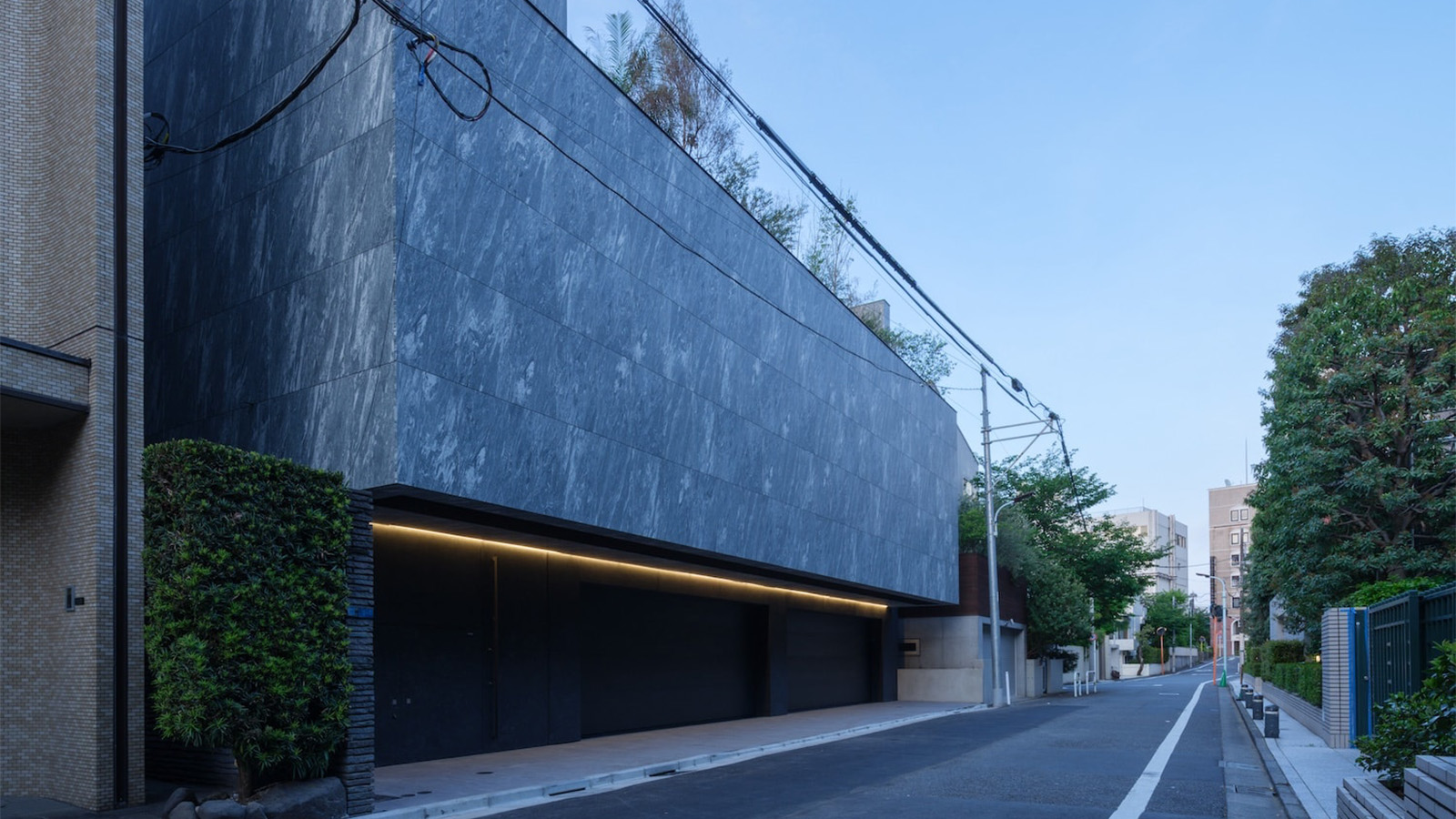 A Tokyo home’s mysterious, brutalist façade hides a secret urban retreat
A Tokyo home’s mysterious, brutalist façade hides a secret urban retreatDesigned by Apollo Architects, Tokyo home Stealth House evokes the feeling of a secluded resort, packaged up neatly into a private residence
-
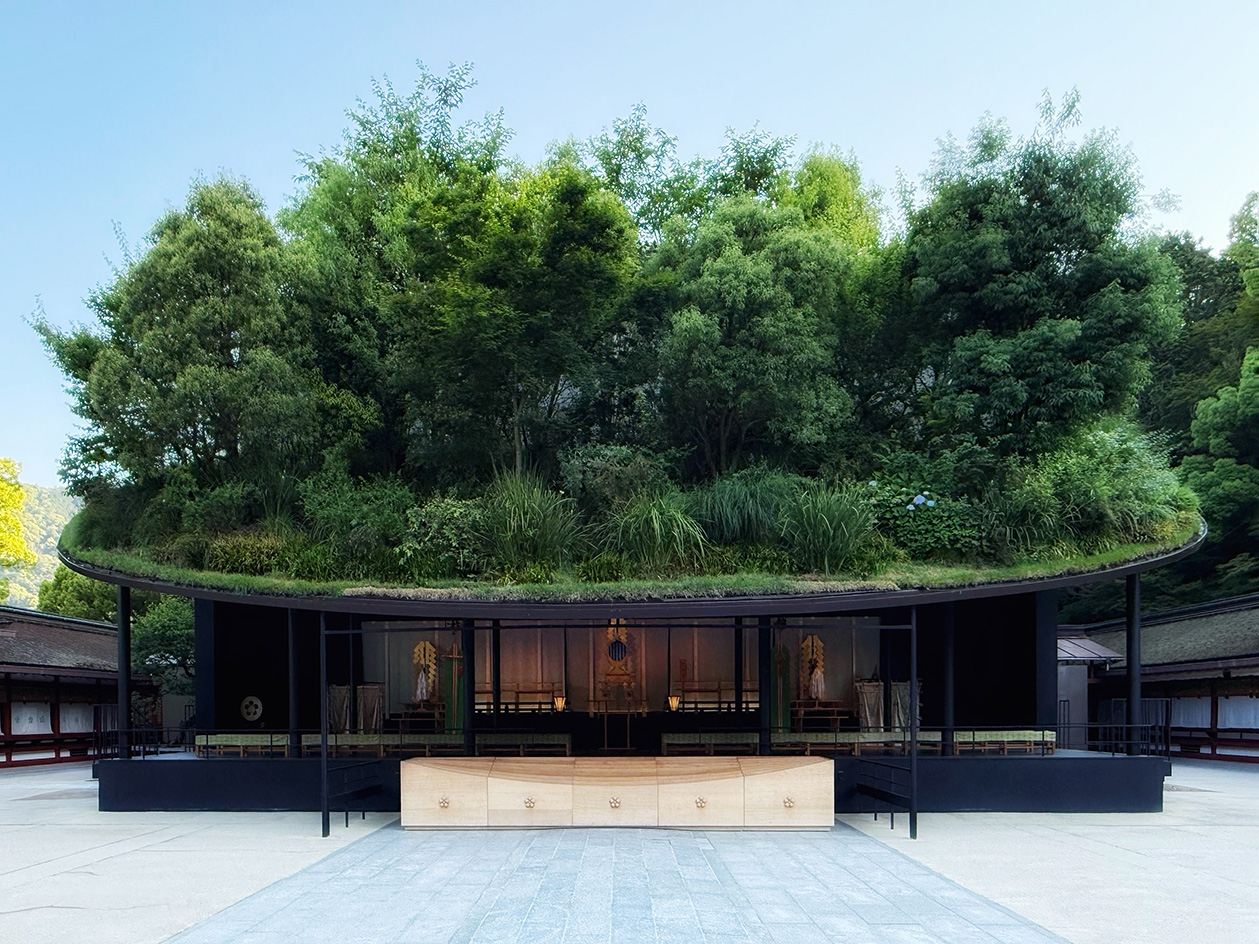 Landscape architect Taichi Saito: ‘I hope to create gentle landscapes that allow people’s hearts to feel at ease’
Landscape architect Taichi Saito: ‘I hope to create gentle landscapes that allow people’s hearts to feel at ease’We meet Taichi Saito and his 'gentle' landscapes, as the Japanese designer discusses his desire for a 'deep and meaningful' connection between humans and the natural world
-
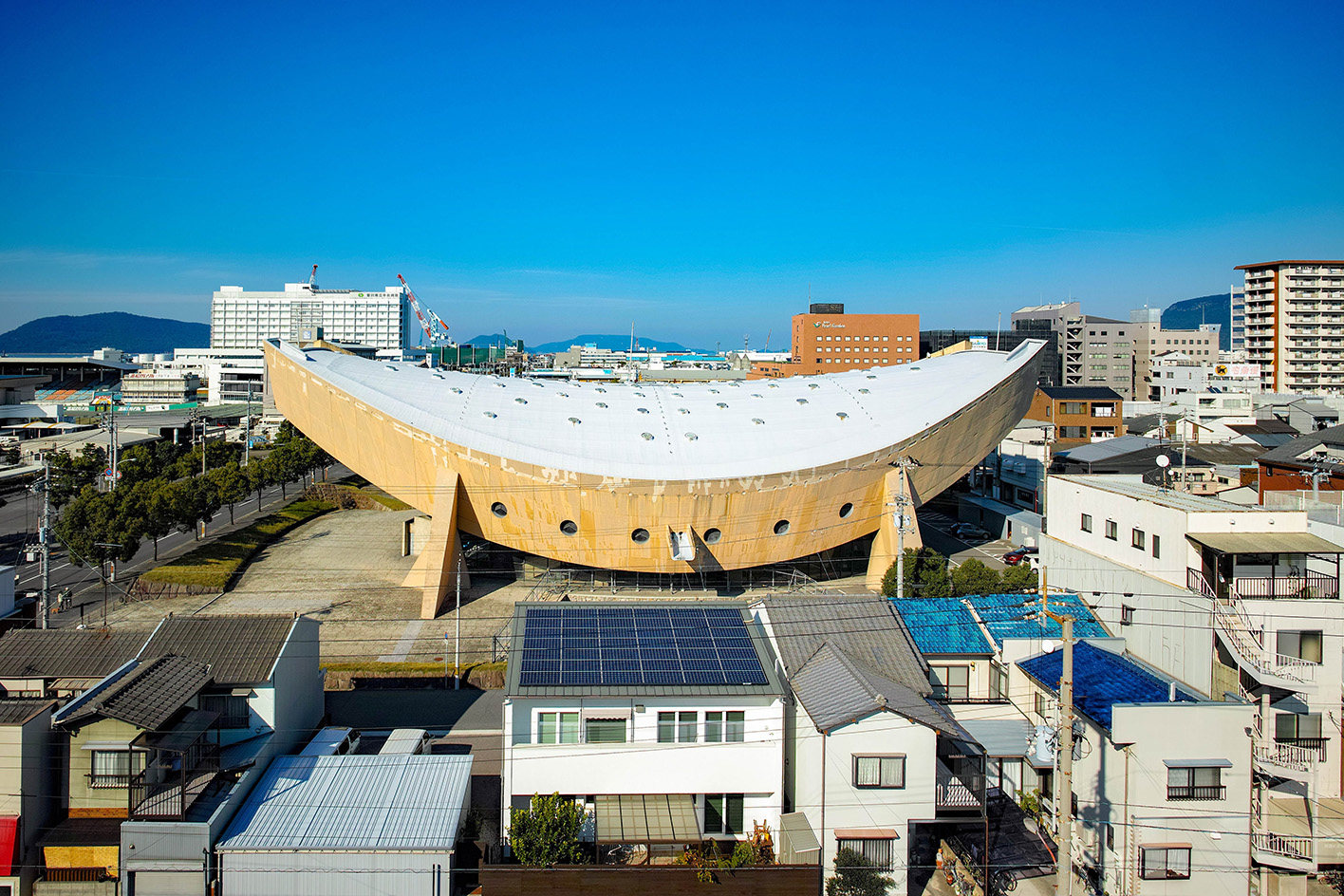 Campaigners propose reuse to save Kenzo Tange’s modernist ‘Ship Gymnasium’ in Japan
Campaigners propose reuse to save Kenzo Tange’s modernist ‘Ship Gymnasium’ in JapanThe Pritzker Prize-winning architect’s former Kagawa Prefectural Gymnasium is at risk of demolition; we caught up with the campaigners who hope to save it
-
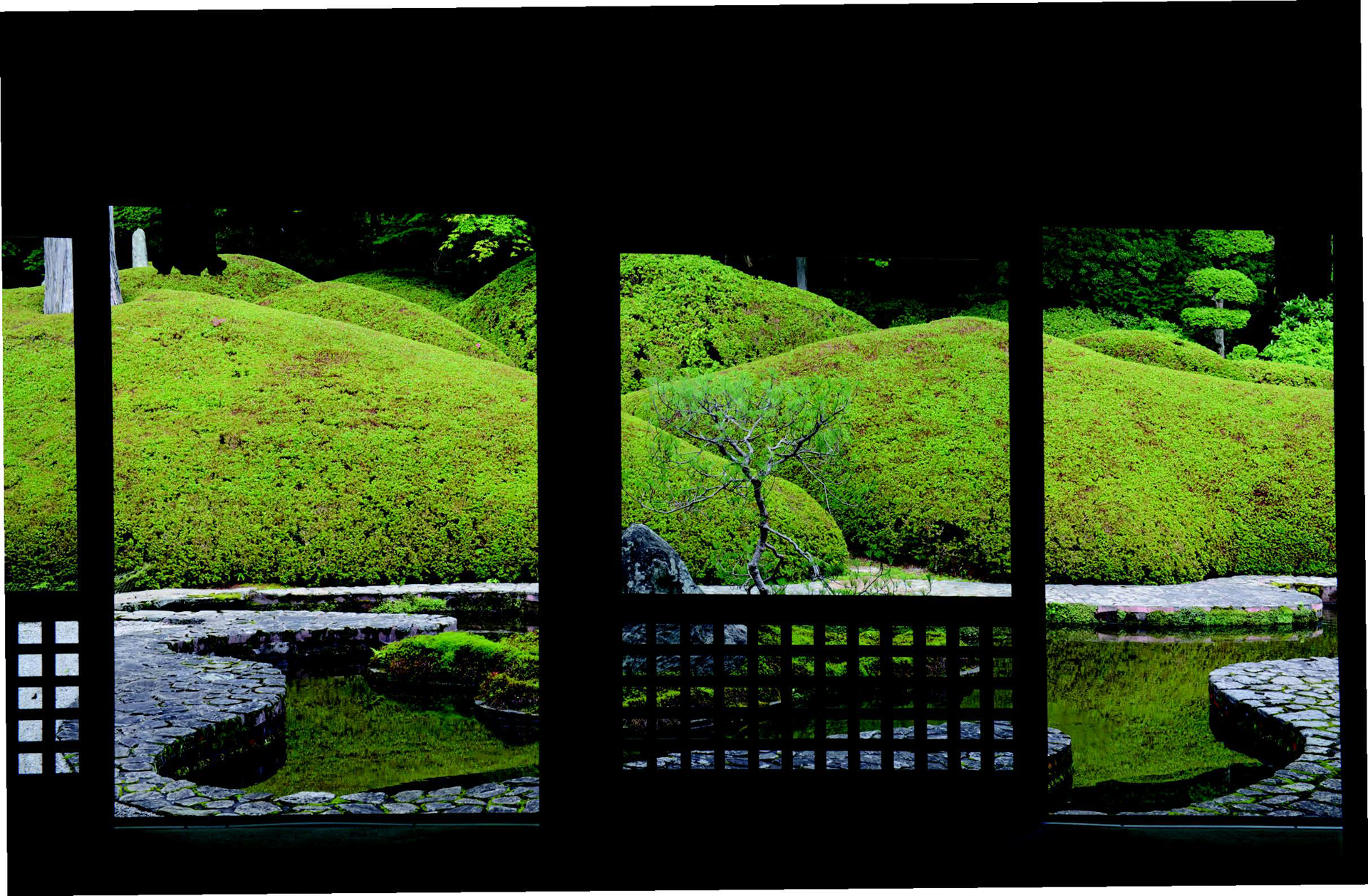 A new photo book explores the symbolic beauty of the Japanese garden
A new photo book explores the symbolic beauty of the Japanese garden‘Modern Japanese Gardens’ from Thames & Hudson traces the 20th-century evolution of these serene spaces, where every element has a purpose